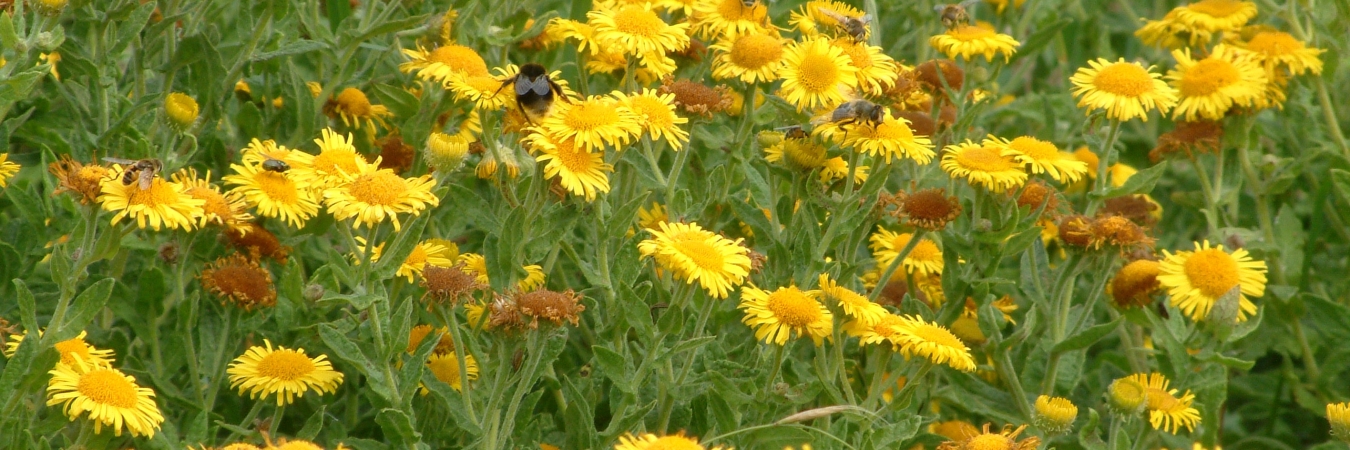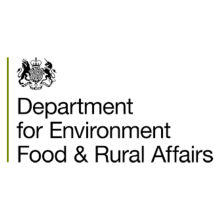National Pollinator Strategy
For bees and other pollinators in England
Defra’s National Pollinator Strategy; established to help protect the future of pollinators and ensure their needs are addressed in land and habitat management.
Resource explained
The report outlines actions that build on existing policies and initiatives in the UK Government and other organisations.
It describes five key areas that the ten year Strategy aims to deliver; supporting pollinators on farmland, supporting pollinators across towns, cities and the countryside, enhancing the response to pest and disease risks, raising awareness of what they need to survive and thrive, and improving evidence on the status of pollinators and the service they provide. The priority actions and ways in which people and organisations can help are detailed for each.
There are sections on why insect pollinators are important, and current knowledge on their occurrence and geographical distribution, population size, and the pressures that they face. There is information on the aims and commitments of the Strategy and reference to policy areas through which progress will be measured and monitored, including land management schemes under the Common Agricultural Policy (CAP).
Findings & recommendations
- The Strategy vision is for pollinators to thrive so they can carry out their essential service of pollinating flowers and crops whilst benefiting our native plants, the wider environment, food production and us.
- The aims are to: achieve bigger, joined-up, diverse and high-quality flower-rich habitats; healthy and more climate-change and weather-resilient pollinators; no further extinctions of threatened species; an enhanced awareness of their essential needs; and evidence of actions being taken to support pollinators.
- Providing habitats through agri-environment schemes. i.e. buffer strips, pollen and nectar mixtures, wild bird seed mixtures, hay meadows, and wild flower areas, has been proven to attract pollinators. Farmers and growers are ideally placed to improve the quality and amount of flower-rich habitats.
- Opportunities in the UK are available through the Ecological Focus Areas (EFA) to be applied to arable land as part of the mandatory greening measures of CAP Pillar I, and incentivised activities in CAP Pillar II through the Rural Development Programme’s Countryside Stewardship. You can also take voluntary actions such as sowing wildflower seed mixtures on fallow land or buffer strips, managing buffer strips through grazing and cutting to encourage wildflowers, and reducing cutting of hedgerows to encourage flower production.


